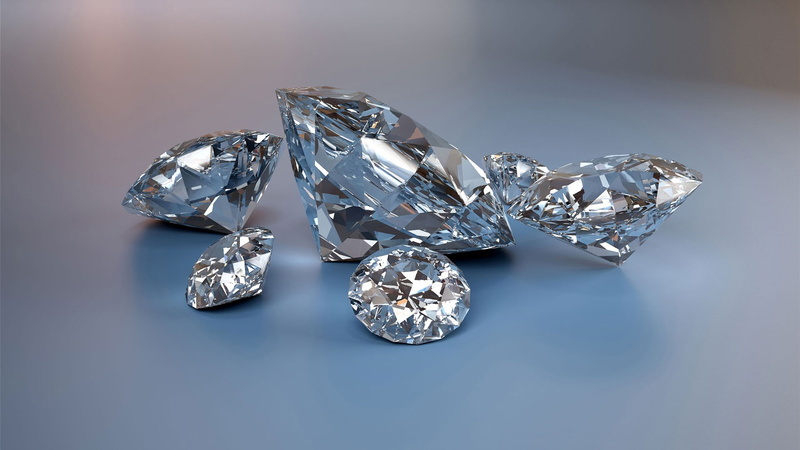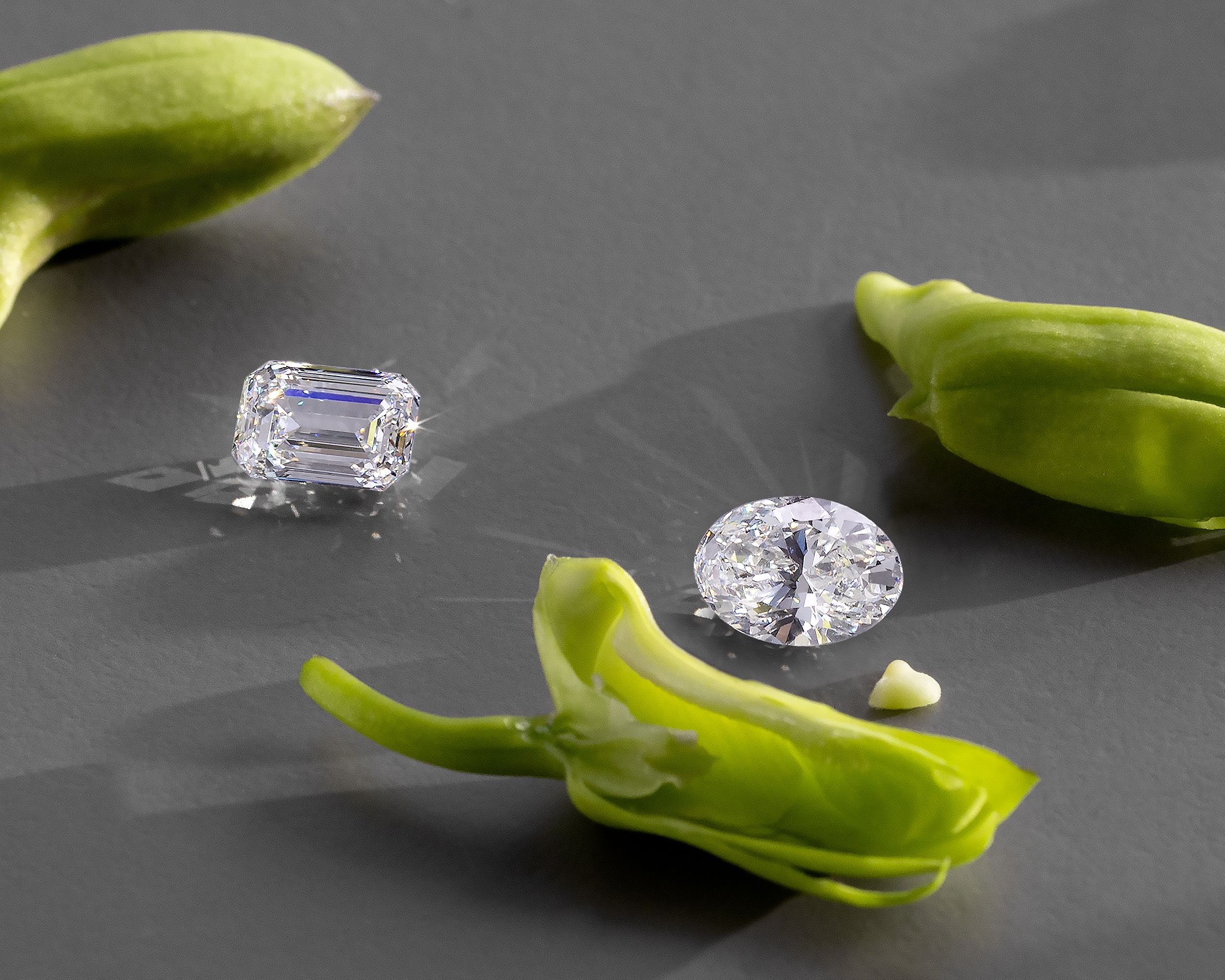Introduction: A New Era in Diamonds
If you’ve been following the jewelry market, you’ve likely heard a lot about lab-grown diamonds. But what’s the real story behind these sparkling gems? In this article, we’ll peel back the layers and give you an insider look at the fascinating world of lab grown diamonds insider story—how they’re made, the rise of their popularity, and what it means for the future of the diamond industry.
What Are Lab-Grown Diamonds?
Lab-grown diamonds are, quite literally, diamonds that are grown in laboratories. They have the same chemical composition and physical properties as mined diamonds but are produced using advanced technological processes.
The Science Behind Creation
Creating a diamond in a lab is no small feat. The process mimics the natural conditions under which diamonds form deep within the Earth.
CVD vs. HPHT Methods
There are two primary methods for producing lab-grown diamonds: Chemical Vapor Deposition (CVD) and High-Pressure High-Temperature (HPHT).
- CVD involves using a gas mixture that breaks down into carbon atoms, which then deposit on a diamond seed, creating layers of diamond.
- HPHT, on the other hand, replicates the extreme heat and pressure of the Earth’s mantle, turning carbon into diamond crystals.
Both methods produce stunning diamonds, but they offer different qualities and price points, appealing to a range of consumers.
The Rise of Lab-Grown Diamonds
The popularity of lab-grown diamonds has skyrocketed in recent years, driven by various factors.
Historical Context
While lab-grown diamonds have been around since the 1950s, it wasn’t until recently that technology improved to produce high-quality stones. The turning point came with advancements in CVD and HPHT processes, making lab-grown diamonds more accessible and desirable.
Market Growth and Trends
According to industry reports, the lab-grown diamond market is projected to grow significantly, with sales expected to reach billions in the coming years. Consumers are increasingly seeking alternatives to mined diamonds for ethical and economic reasons.
Behind the Scenes: The Lab Perspective
What really happens inside a diamond-growing lab? Let’s take a closer look.
How Labs Operate
Labs that produce diamonds operate with precision. The process starts with a diamond seed, which is placed in a chamber where the conditions are controlled meticulously.
Technology and Equipment
The equipment used in labs is state-of-the-art, often resembling a sci-fi movie set. High-tech reactors and vacuum chambers ensure the right environment for crystal growth, while specialized machines monitor every aspect of the process.
Quality Control Measures
Quality control is crucial in the diamond production process. Each diamond undergoes rigorous testing to ensure it meets industry standards for clarity, cut, and color.
Sustainability and Ethics
In today’s world, consumers are increasingly concerned about the environmental and ethical implications of their purchases. Here’s how lab-grown diamonds stack up.
Environmental Benefits
Lab-grown diamonds have a significantly lower environmental impact compared to mined diamonds. Mining operations can cause habitat destruction and significant ecological damage, whereas lab-grown processes are more sustainable and less intrusive.
Ethical Sourcing
With lab-grown diamonds, there’s no risk of “blood diamonds” or unethical sourcing practices. Consumers can purchase with confidence, knowing their diamonds are conflict-free.
Consumer Perceptions
Changing consumer attitudes are shaping the future of the diamond market.
Changing Attitudes Toward Diamonds
Younger generations, in particular, are embracing lab-grown diamonds for their affordability and ethical considerations. This shift is making waves in the jewelry industry, prompting retailers to expand their offerings.
Education and Awareness
As more information becomes available, consumers are becoming better educated about the differences between lab-grown and mined man made diamonds. Social media, influencers, and educational campaigns are helping to demystify lab-grown options.
Challenges and Misconceptions
Despite their rise in popularity, lab-grown diamonds still face challenges and misconceptions.
Common Myths Debunked
One common myth is that lab-grown diamonds are inferior to mined diamonds. This couldn’t be further from the truth. Lab-grown diamonds can be of equal or even higher quality than many mined stones.
Market Competition with Mined Diamonds
As the market for lab-grown diamonds expands, it inevitably creates competition with mined diamonds. Some traditional jewelers are resistant to this change, but others are adapting to offer both options.
Future of Lab-Grown Diamonds
So, what does the future hold for lab-grown diamonds?
Innovations on the Horizon
The industry is constantly evolving, with new technologies being developed that could change the way diamonds are produced. From color enhancements to new cutting techniques, the possibilities are exciting.
Visit novitadiamonds.com for beautiful and unique diamonds. Click the link to explore our collection and place your order!
Predictions for the Industry
Industry experts predict that lab-grown diamonds will continue to gain market share. As consumer preferences shift, it’s likely we’ll see even more innovative and diverse options available.
Conclusion: The Diamond of Tomorrow
Lab-grown diamonds represent a new chapter in the world of gemstones. With their ethical appeal, lower prices, and stunning quality, they are poised to redefine what it means to buy a diamond. Whether you’re considering an engagement ring, a gift, or a personal treat, lab-grown diamonds offer a compelling choice that aligns with modern values. So, the next time you find yourself in the market for a diamond, remember the insider story behind lab-grown gems and the bright future they hold.


